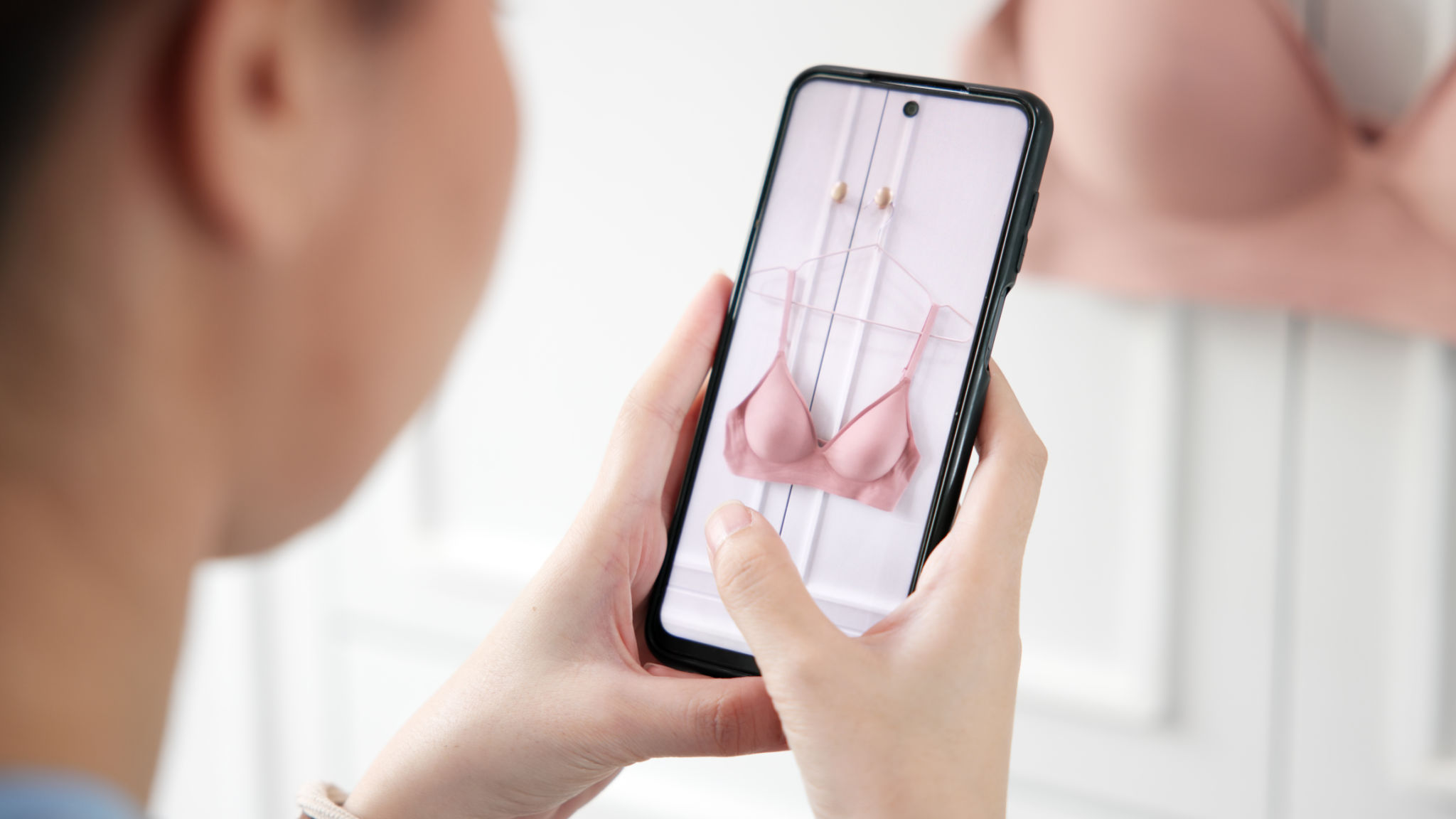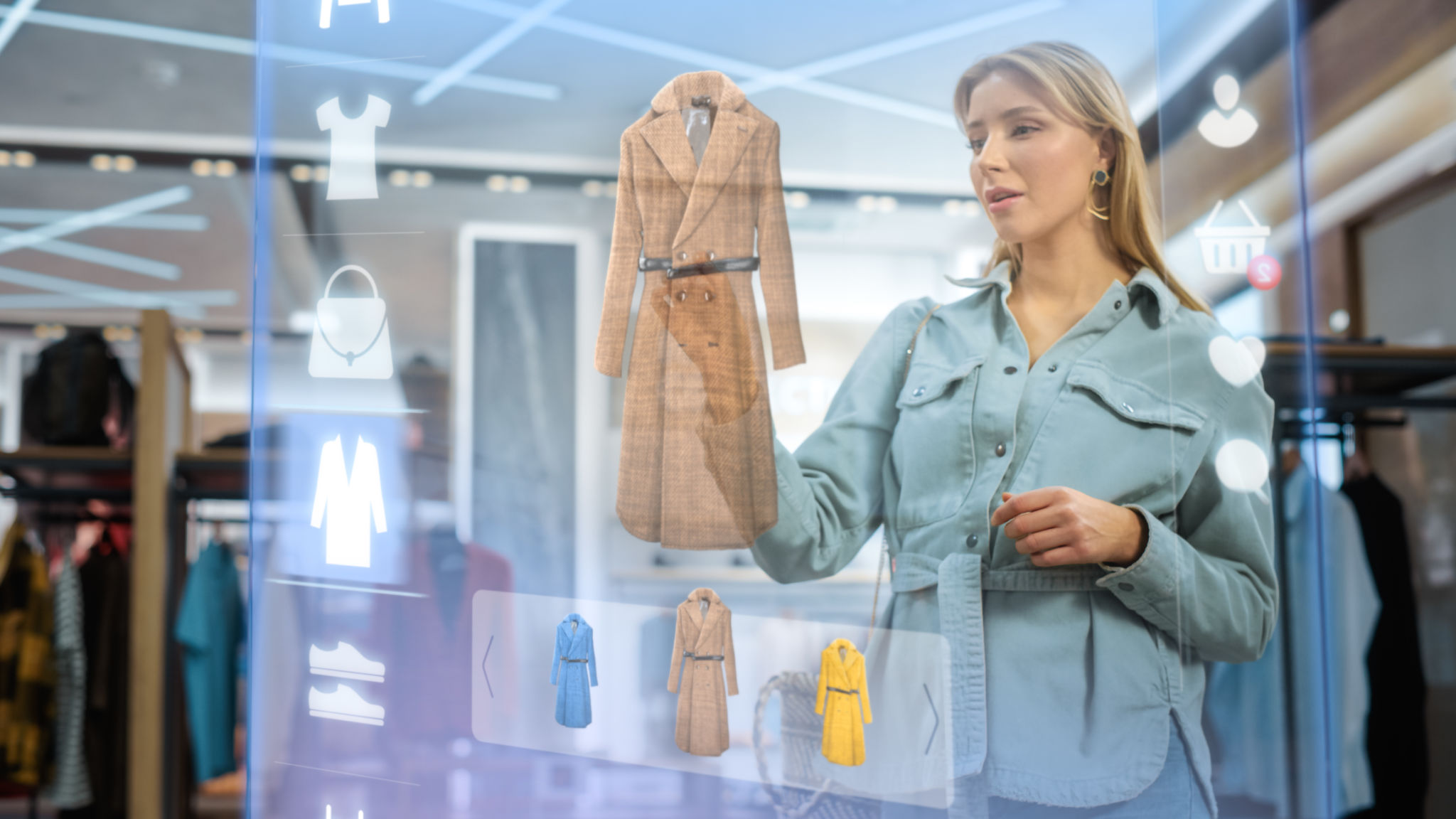Case Study: How a UK Brand Reduced Returns with Virtual Try-On
Introduction to Virtual Try-On Technology
In the rapidly evolving world of e-commerce, UK brands are constantly seeking innovative solutions to enhance customer experience and reduce return rates. One such technology that has gained significant traction is virtual try-on. This technology allows customers to digitally try on products before making a purchase, thereby improving customer confidence and reducing the likelihood of returns.
In this case study, we explore how a UK brand successfully implemented virtual try-on technology and witnessed a remarkable decrease in product returns.

The Challenge: High Return Rates
For many e-commerce businesses, high return rates are a persistent challenge. This particular UK brand faced return rates of over 30%, primarily in their apparel and accessories categories. The primary reasons for these returns were customers receiving items that did not fit well or did not look as expected.
With the goal of improving customer satisfaction and reducing operational costs associated with returns, the brand decided to explore innovative solutions. Virtual try-on technology presented itself as a promising avenue.
Implementing Virtual Try-On
The brand partnered with a leading technology provider specializing in augmented reality solutions. Together, they integrated a virtual try-on feature into their existing e-commerce platform. This feature enabled customers to use their smartphone or computer camera to see how products would look on them in real-time.
Key steps in the implementation process included:
- Customizing the virtual try-on interface to align with the brand's aesthetic.
- Ensuring compatibility with various devices and browsers.
- Training staff and providing resources to assist customers in using the new feature.

The Impact on Customer Experience
The introduction of virtual try-on technology had a profound impact on customer experience. Customers reported feeling more confident in their purchasing decisions, as they could visualize how products would fit and look on them before buying. This added sense of assurance was reflected in increased sales and reduced return rates.
Moreover, the brand noticed a surge in customer engagement. Shoppers spent more time on the website exploring different products and trying out various styles, which contributed to a boost in overall sales.
Results: Significant Reduction in Returns
Following the implementation of virtual try-on, the brand observed a significant reduction in return rates. Within six months, returns dropped by nearly 40%, which translated into substantial cost savings for the company. Additionally, customer feedback was overwhelmingly positive, highlighting the increased satisfaction with their shopping experience.

Conclusion: A Win-Win Solution
By adopting virtual try-on technology, this UK brand not only enhanced customer experience but also tackled one of the industry's most pressing challenges—high return rates. This case study illustrates how leveraging innovative technologies can lead to both improved customer satisfaction and operational efficiency.
As e-commerce continues to evolve, more brands are likely to follow suit, incorporating virtual try-on and other cutting-edge technologies to stay competitive in the market.
